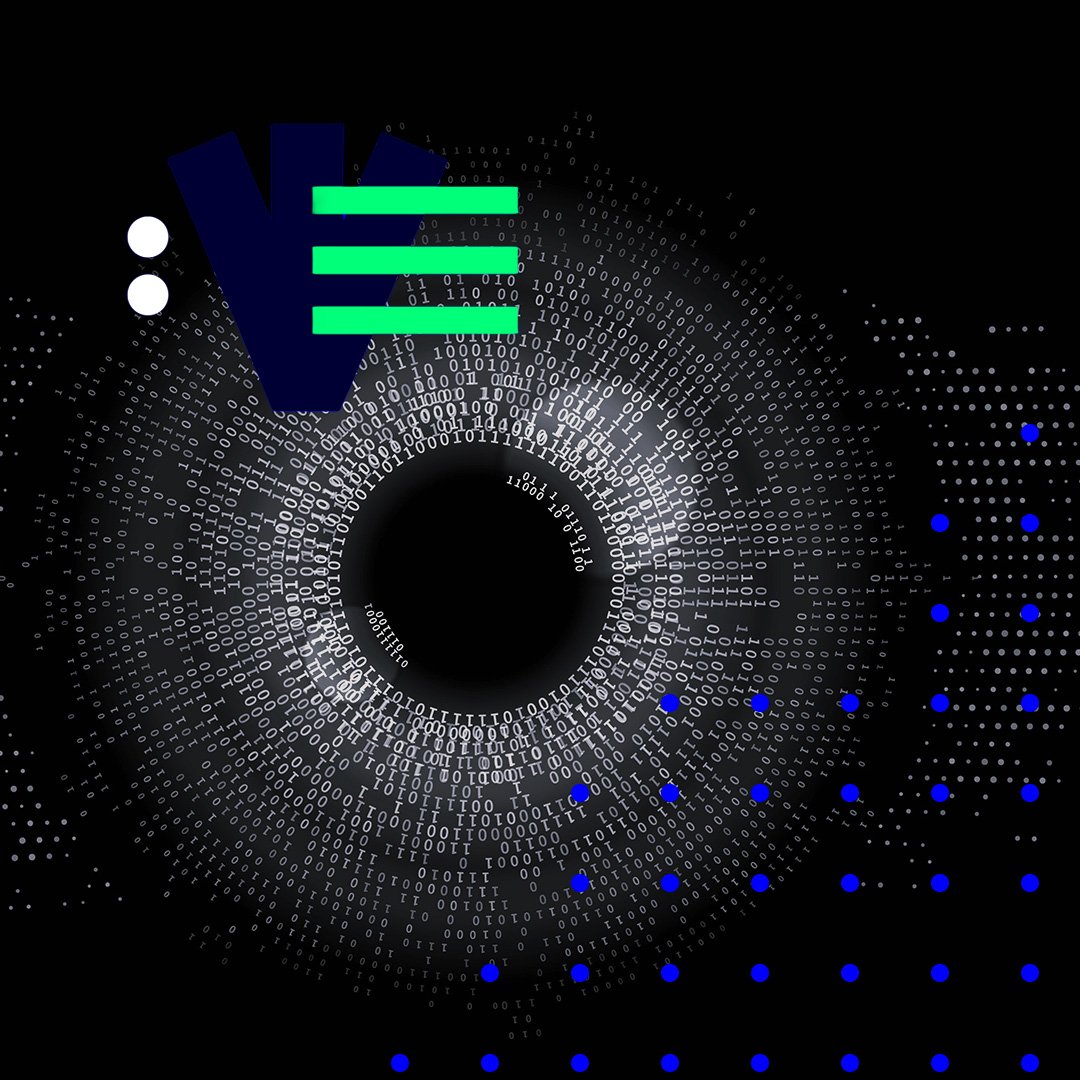ISA
- Applies to federal
authorities andorganizations (Art. 2) - Critical Infrastructure (KRITIS)
(Art. 74b

Europe has strengthened its network and information security regulations with the introduction of NIS-2. In parallel, Switzerland has established its first comparable compliance framework through the Information Security Act (ISG), which applies to the federal administration and operators of critical infrastructure (KRITIS). While these regulations share notable similarities, they differ significantly in their specifics.
Exceptions may be granted if disruptions caused by cyberattacks have minimal impact on the economy or public well-being (Art. 74c).
>50 employees or
>Annual revenue over 10 million euros
Must be transposed into national legislation by October 2024
Report to the Federal Cybersecurity
Authority (BACS)
Report cyberattacks with potential damage within 24 hours
Fines of up to €10 million or
2% of global annual turnover
for critical entities
Fines of up to €7 million or
1.4% of global annual
turnover for important
entities
Corporate executives and
management are personally
liable with their private
assets
Essential Entities:
Important Entities:
The Cybersecurity Ordinance to the ISA you find here:
https://www.fedlex.admin.ch/eli/cc/2025/169/de

How can I implement IT security measures more efficiently? Why Structure Beats Tool Overload as the Key to Lasting IT Security

A Conversation with Martin Buck, CISO & Head of Consulting Services, BNC AG Key triggers, components, and planning horizons for your security...

SASE DECRYPTED, PART 2 THE CONNECTION POINT - KEY TO THE ON-PREMISE ACCESS REVOLUTION AND LIBERATION FROM CLOUD DEPENDENCY In the second part of our...